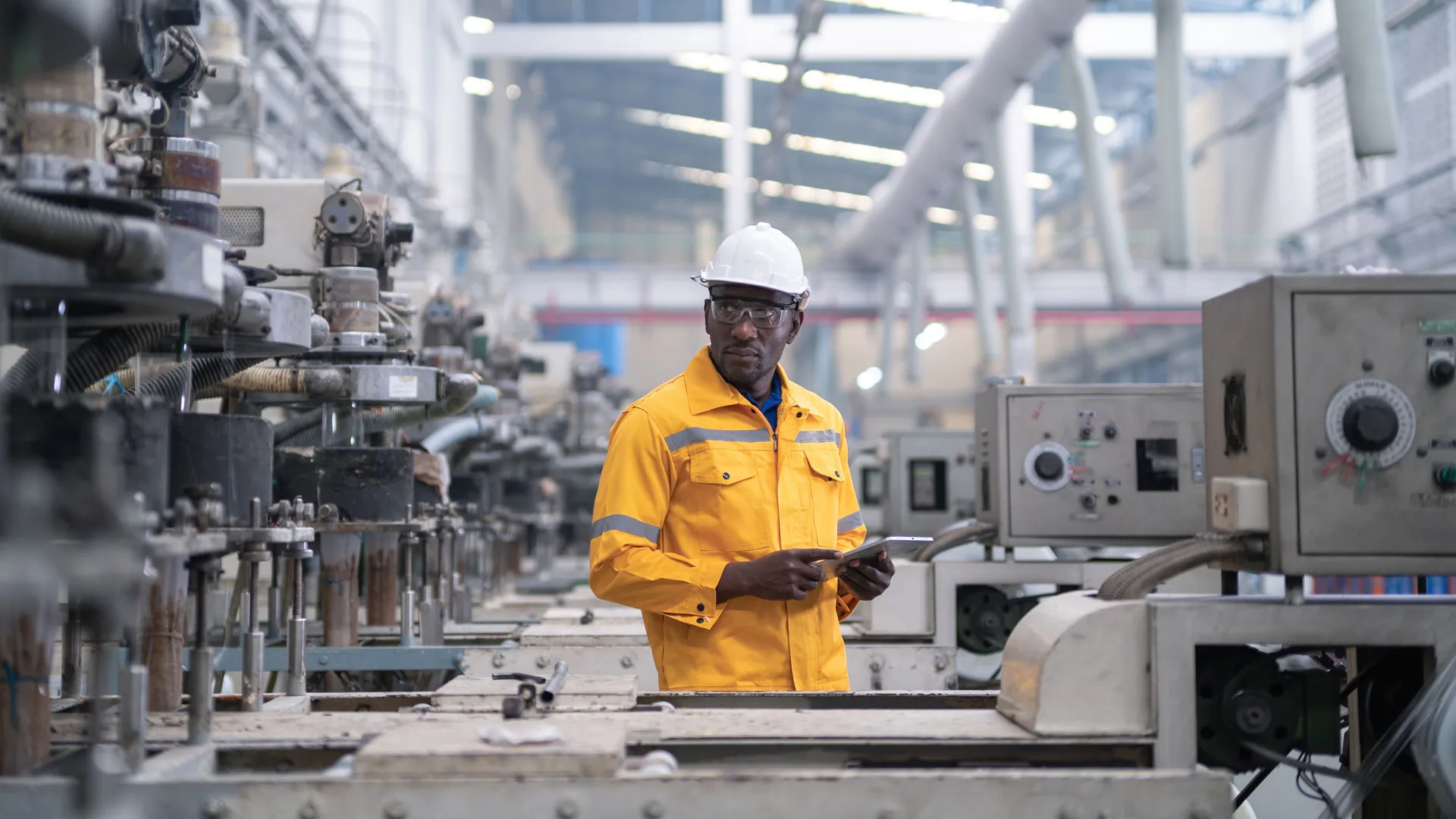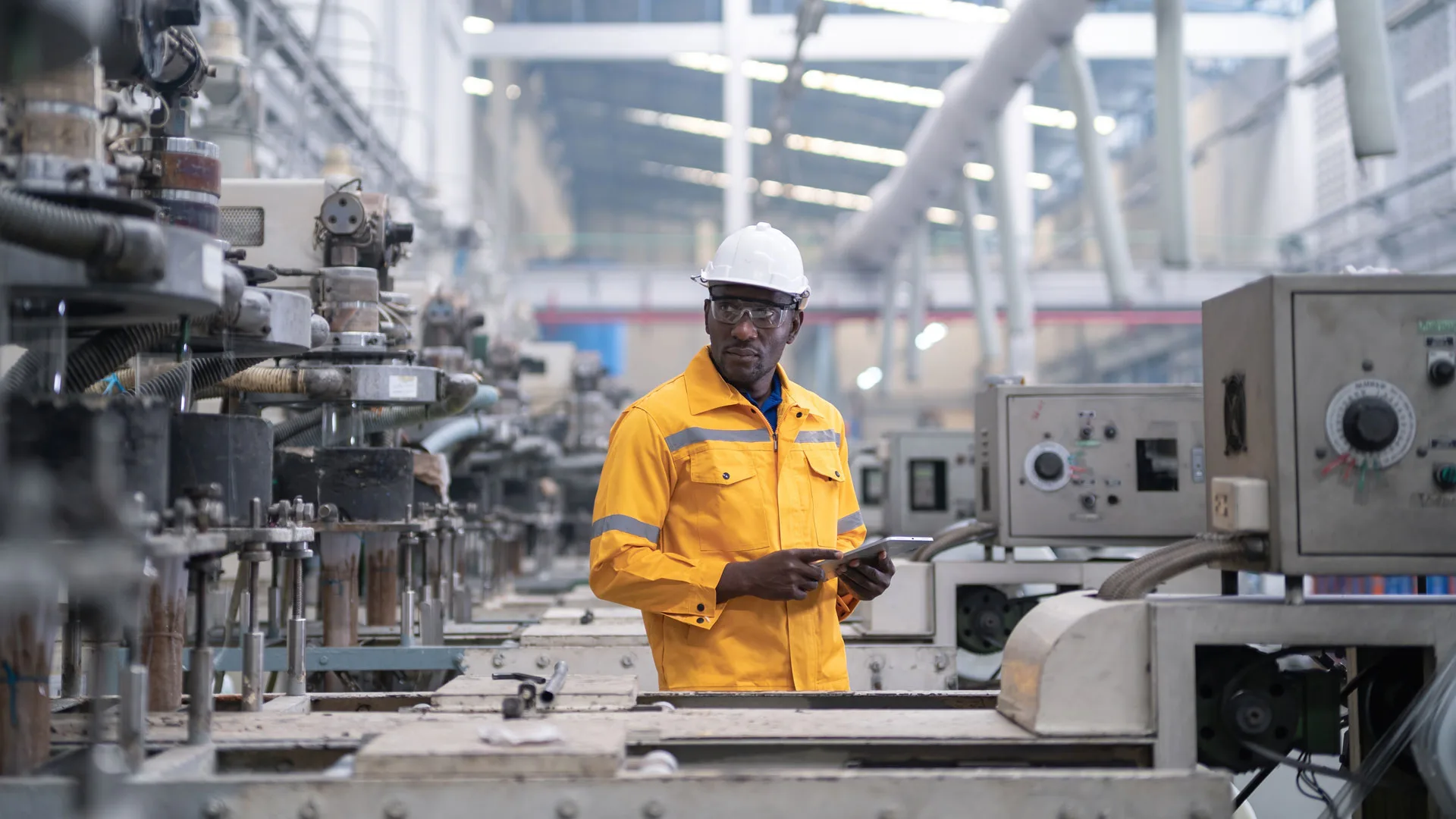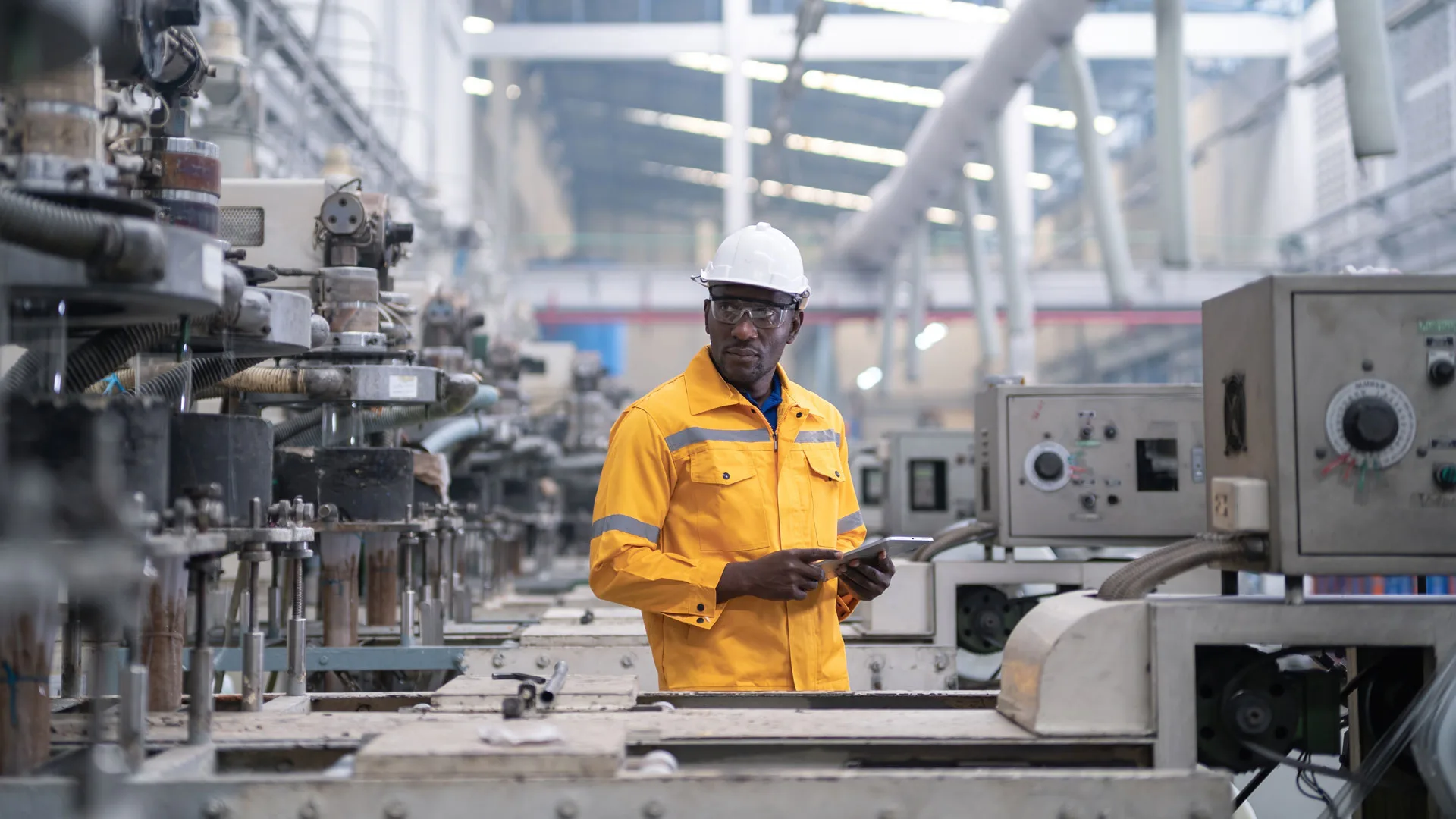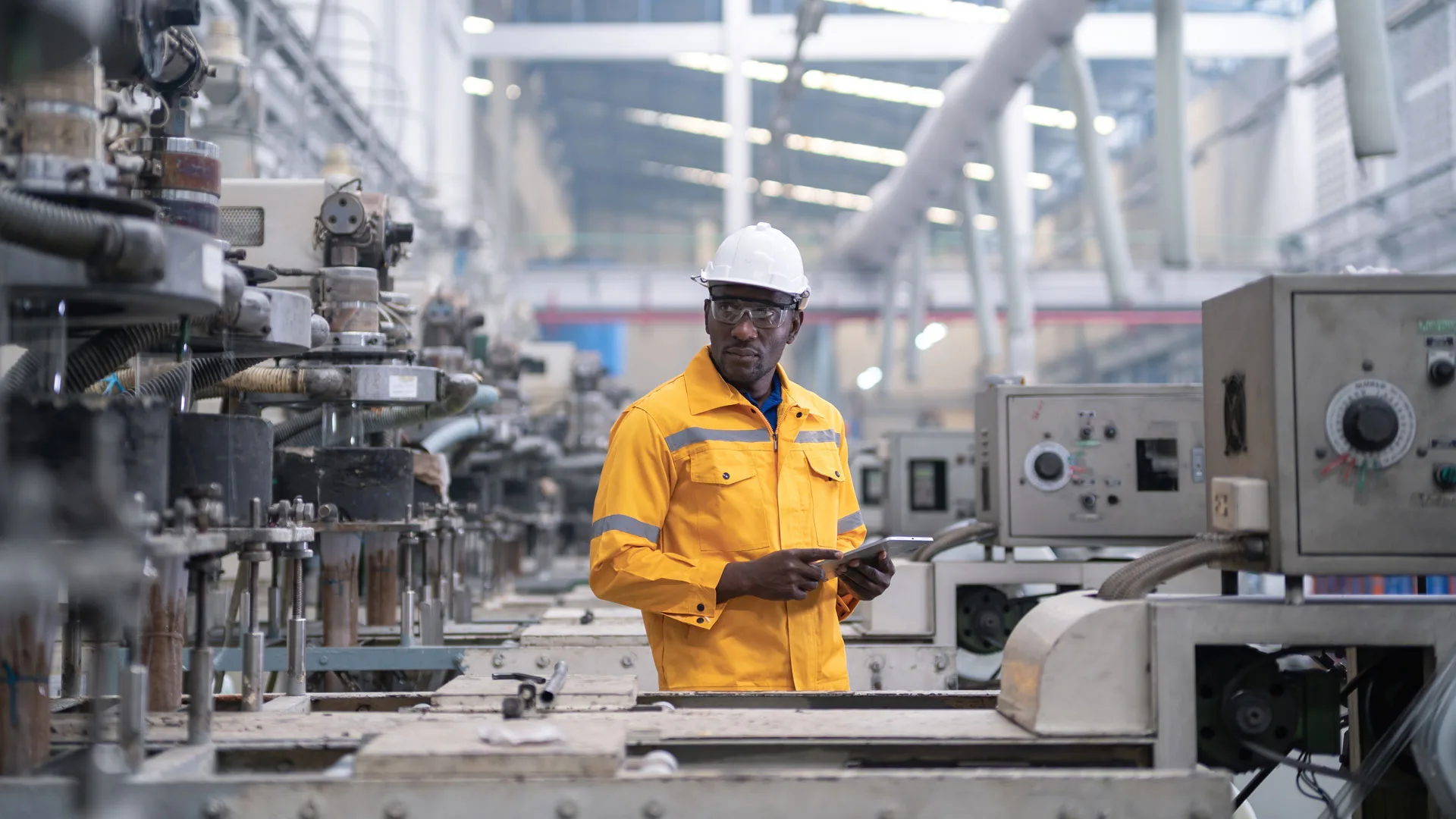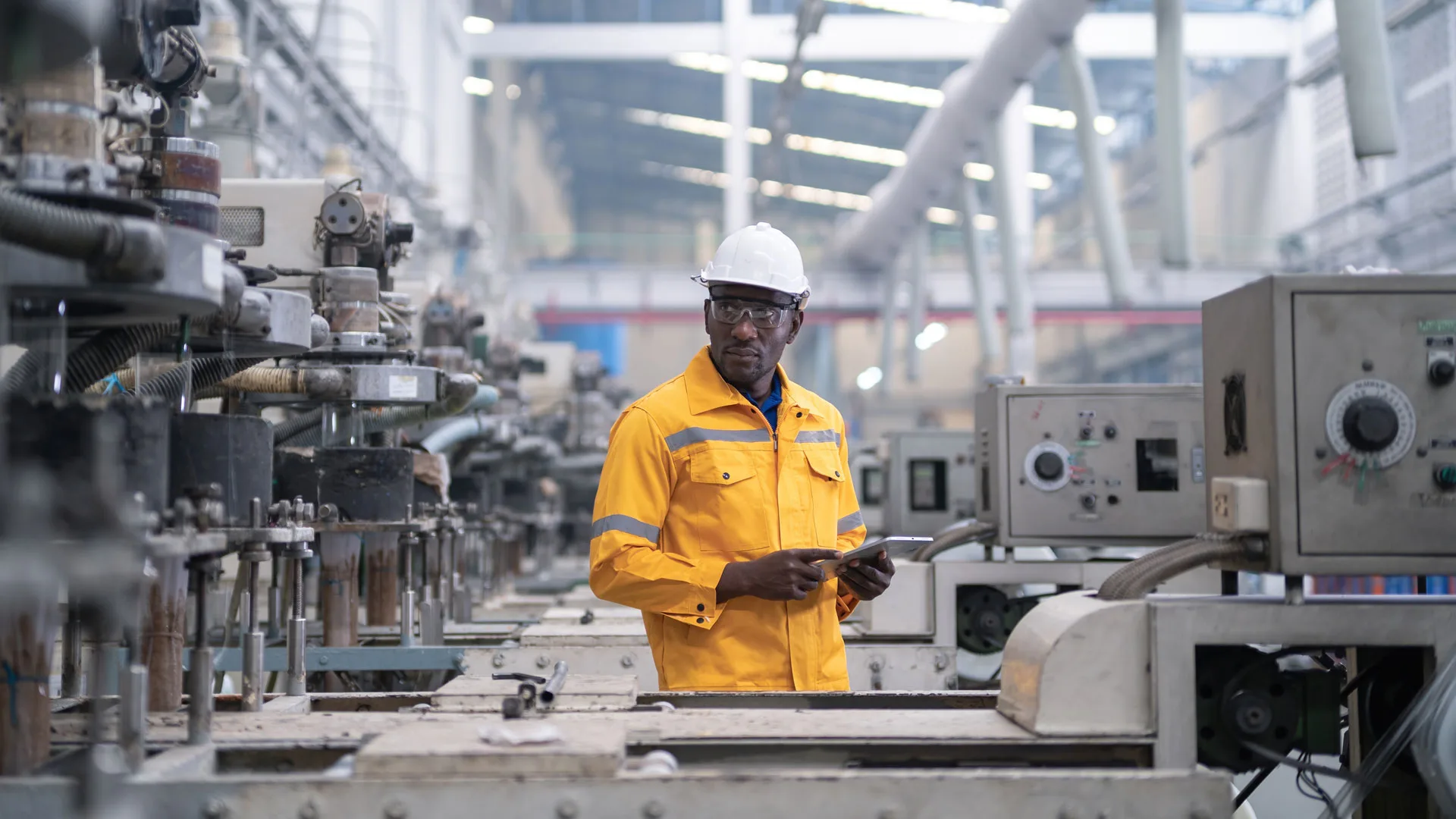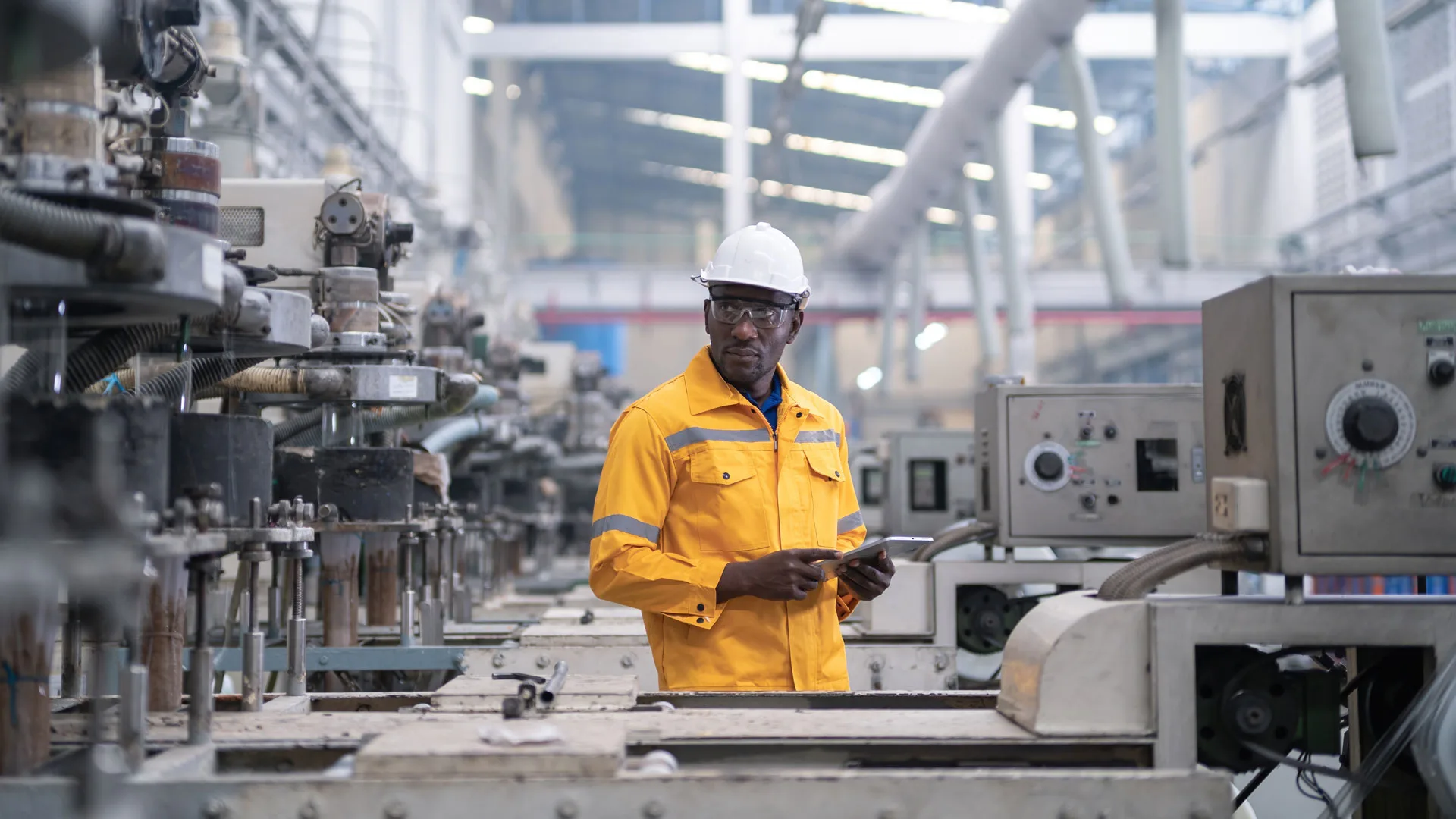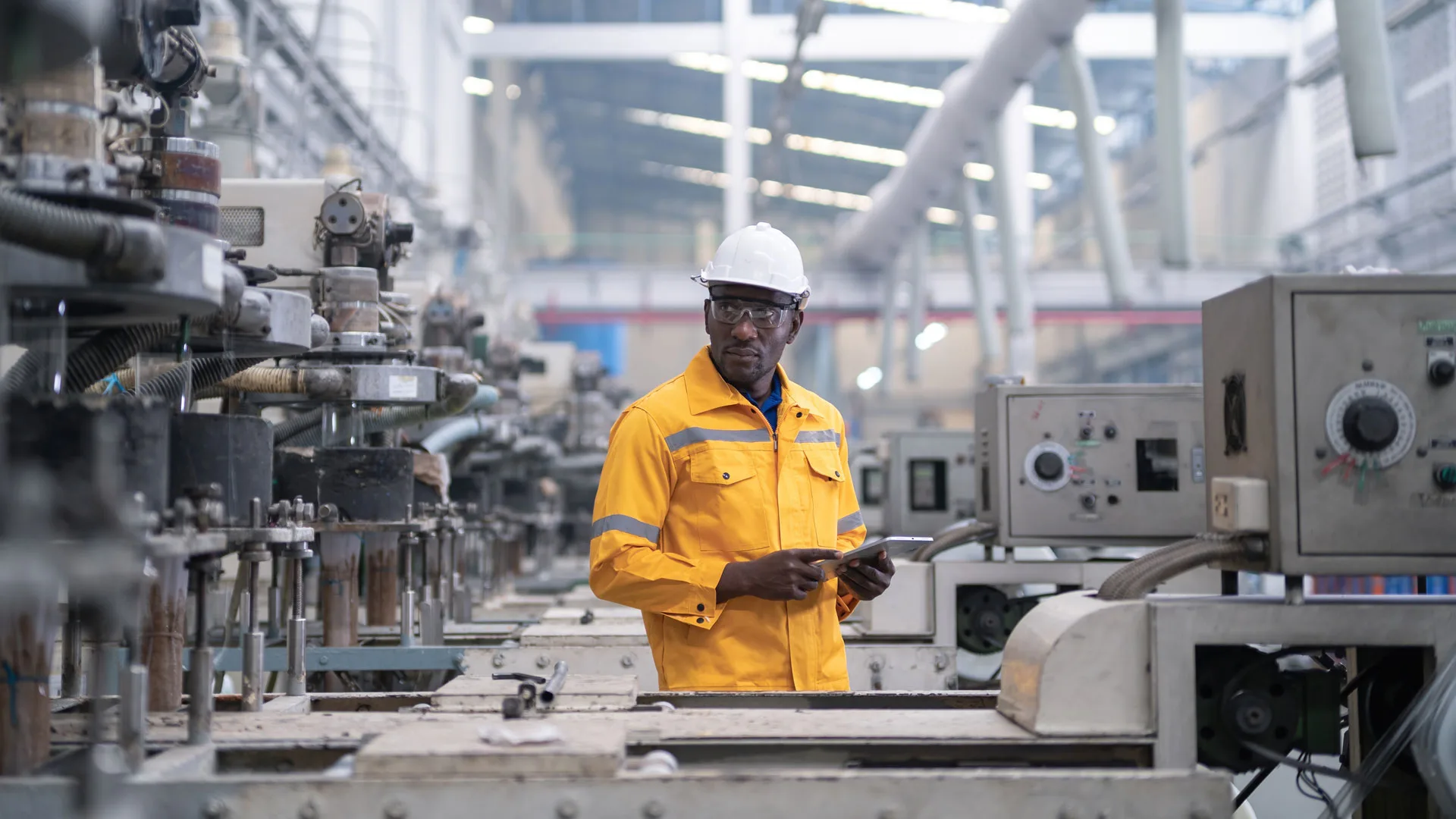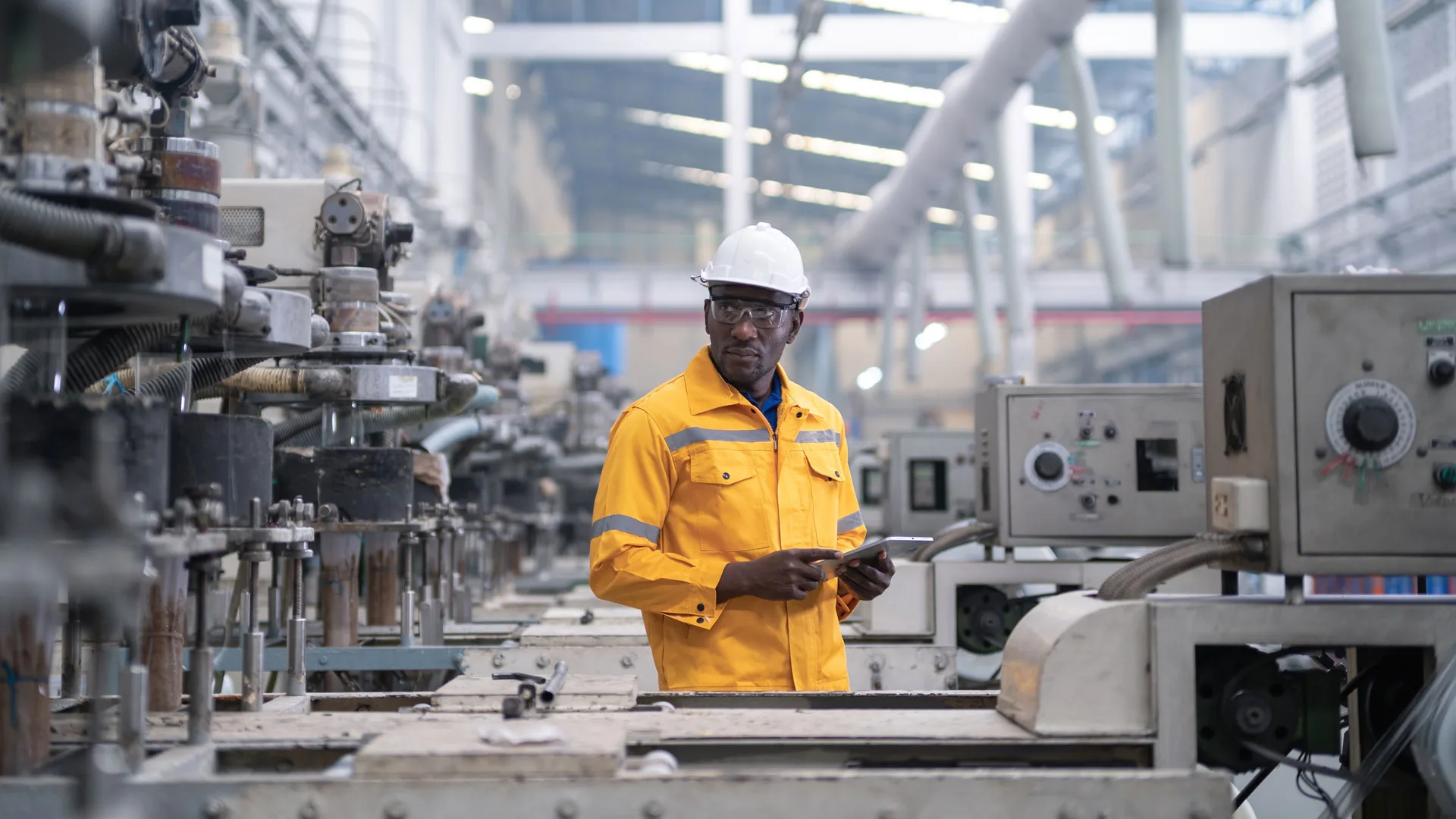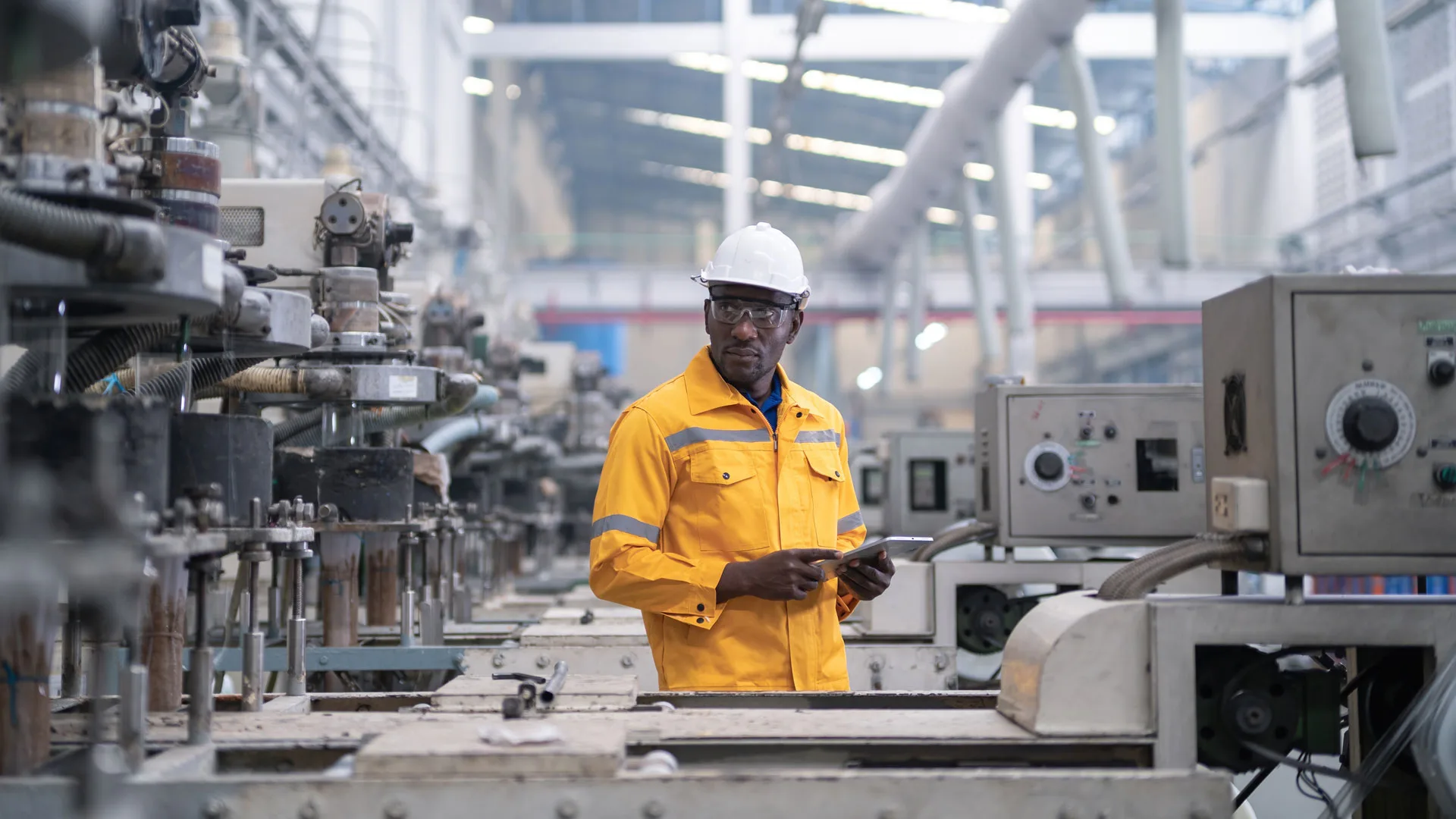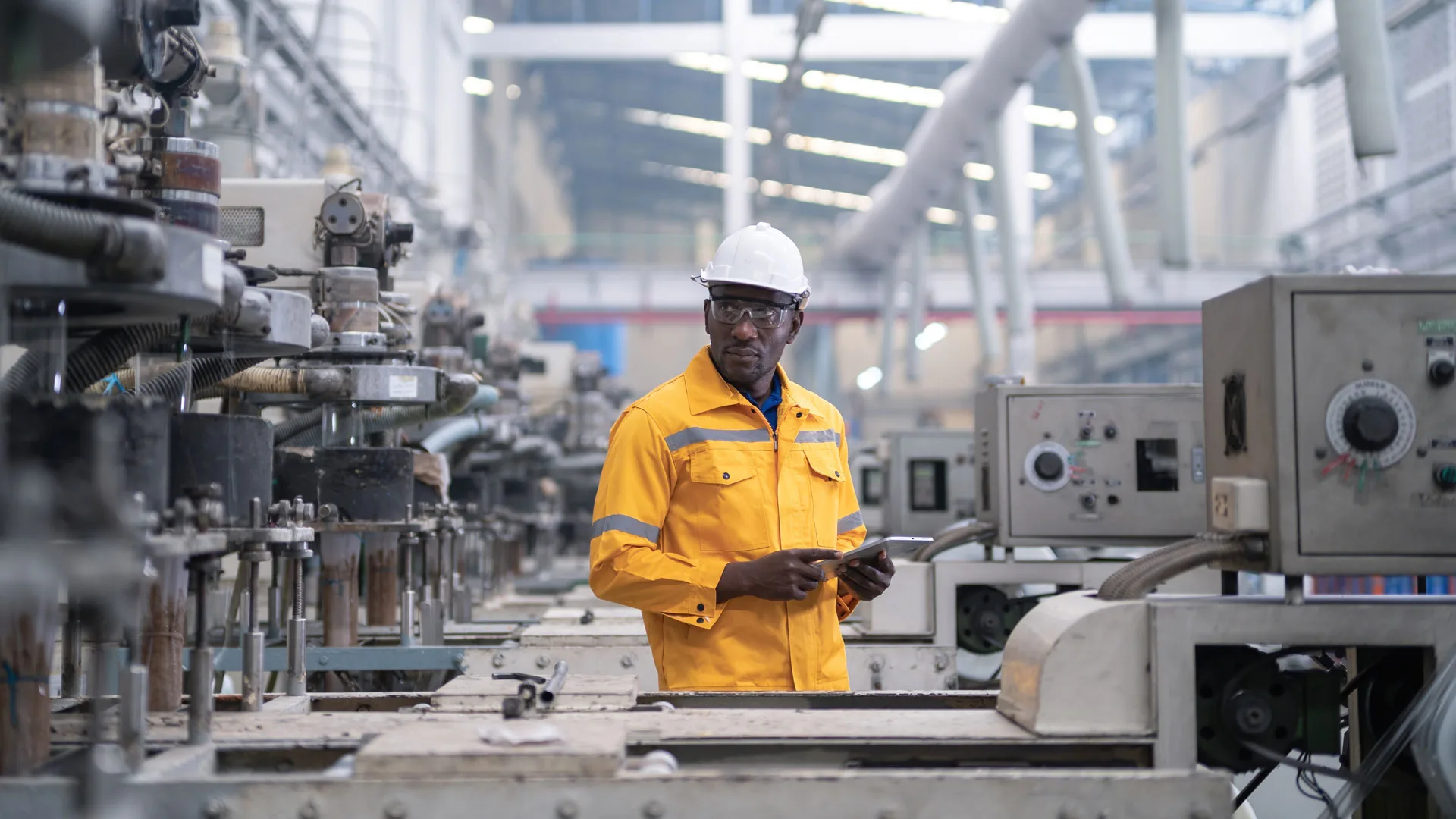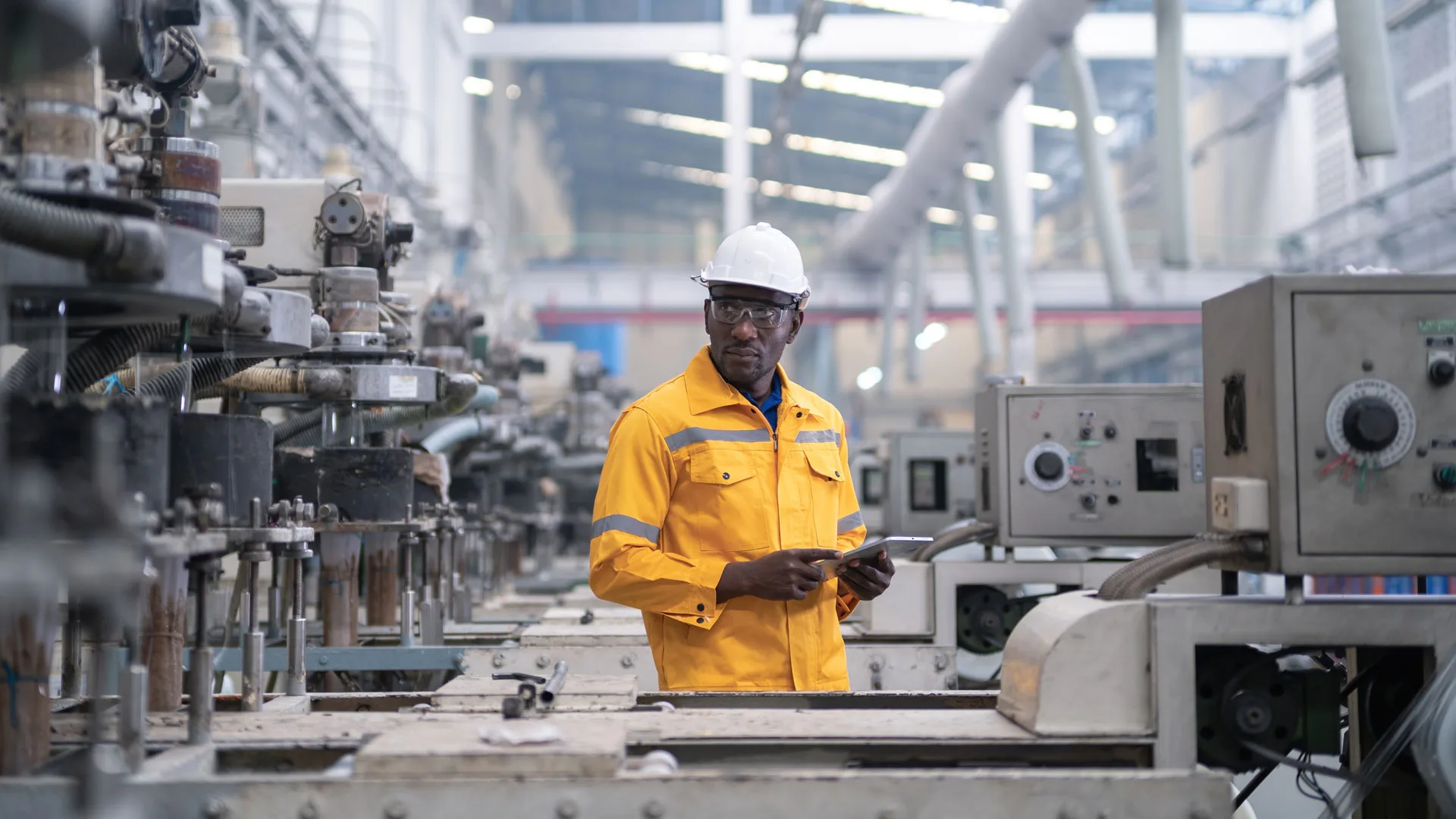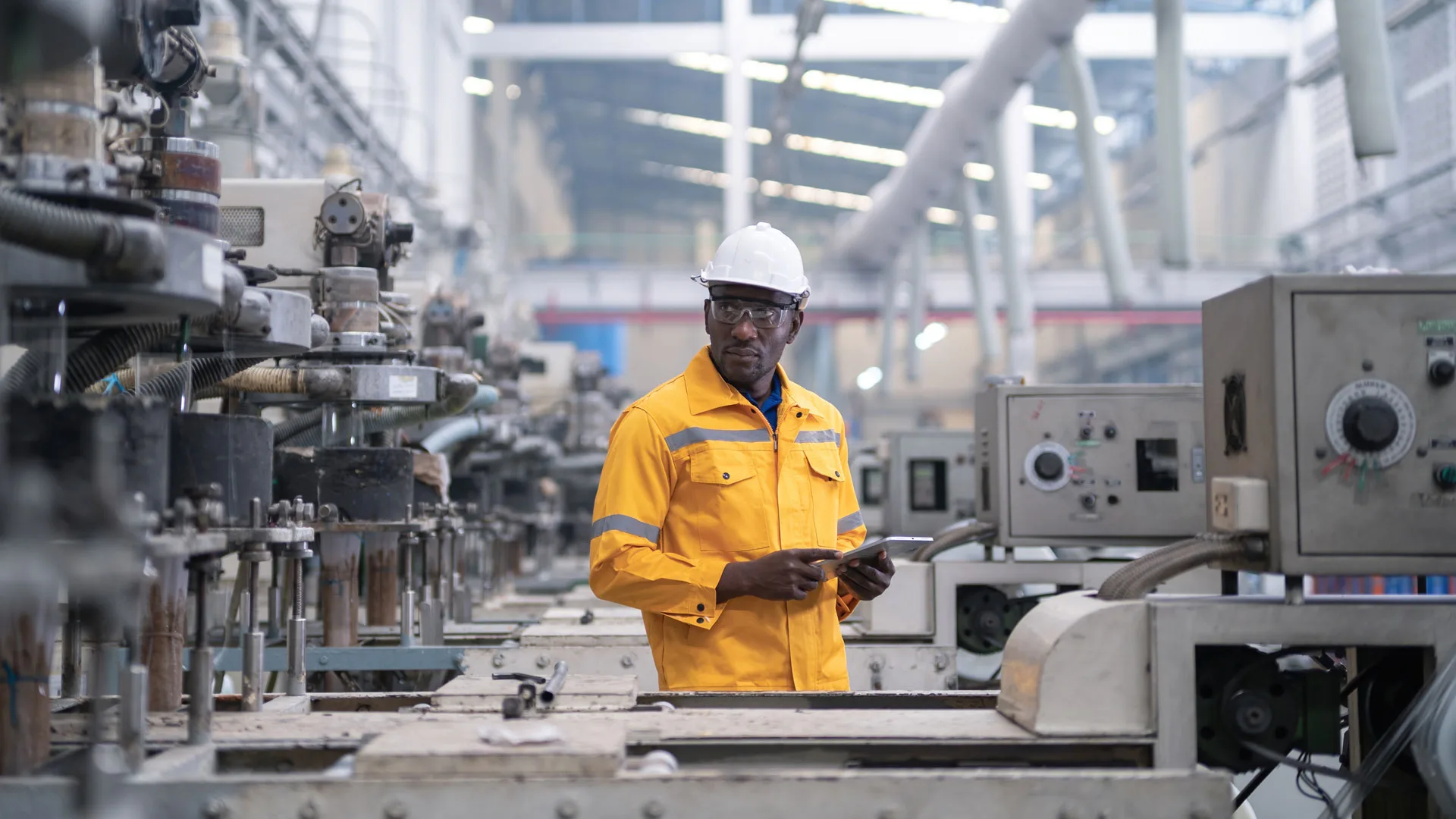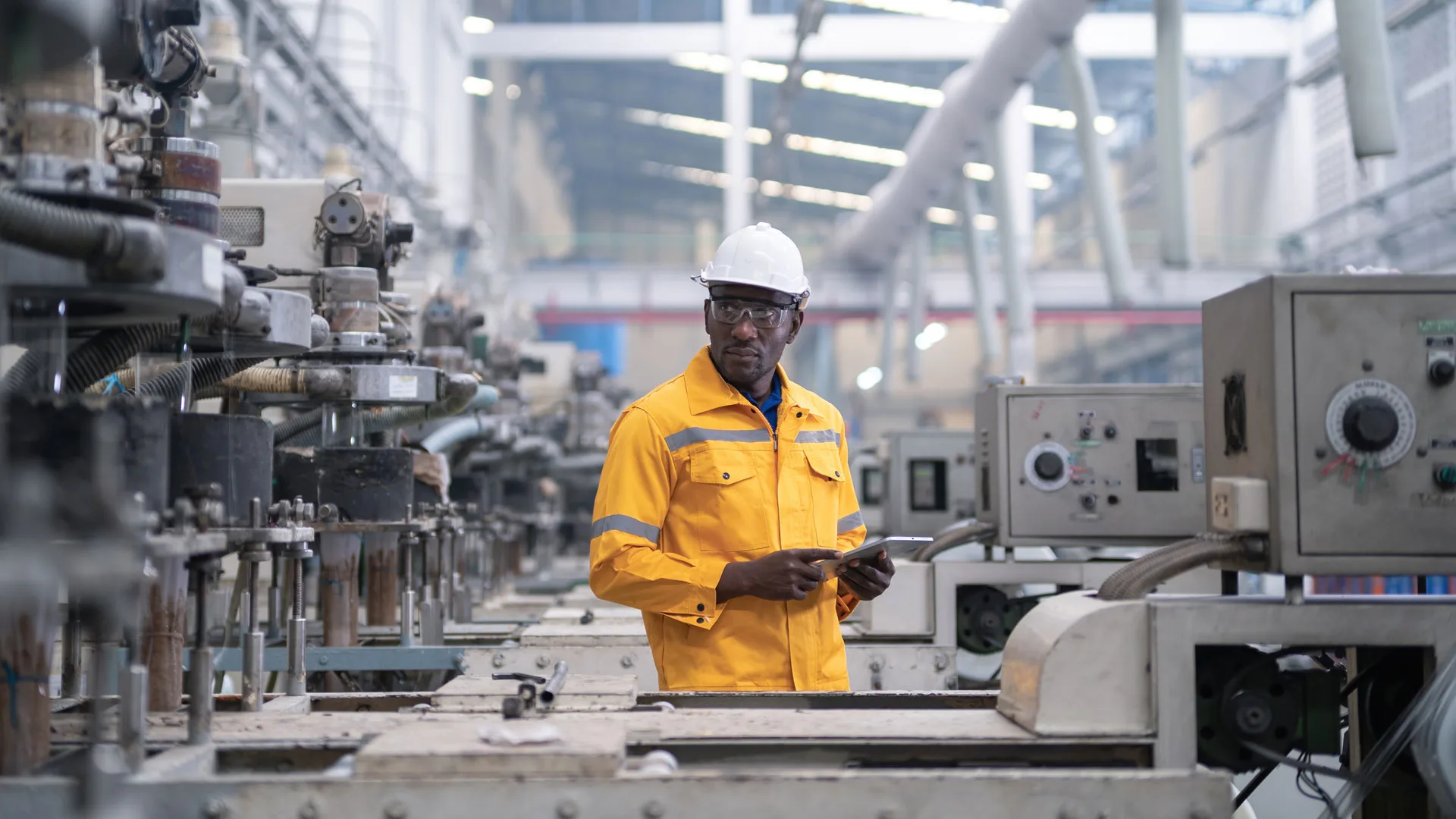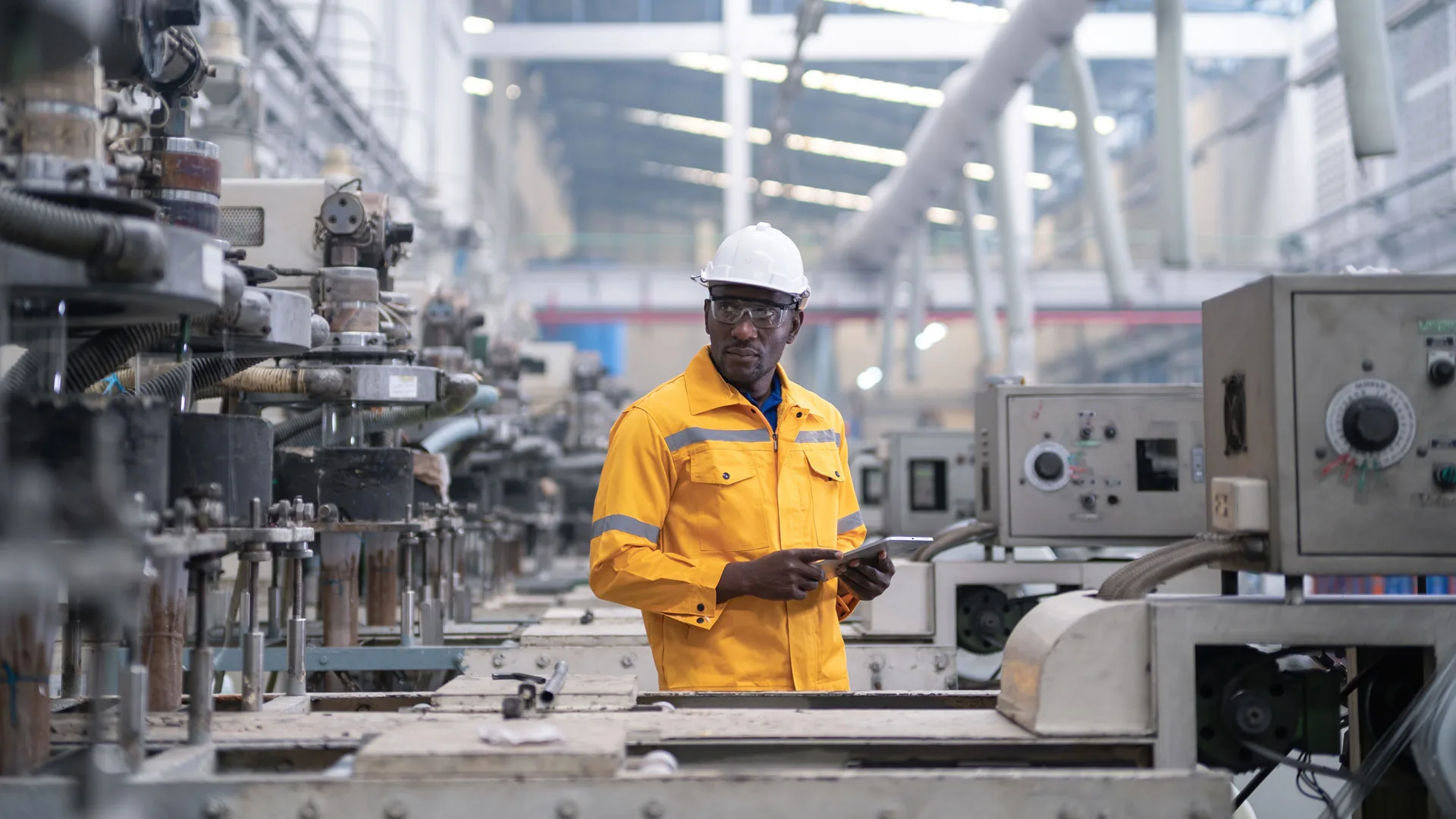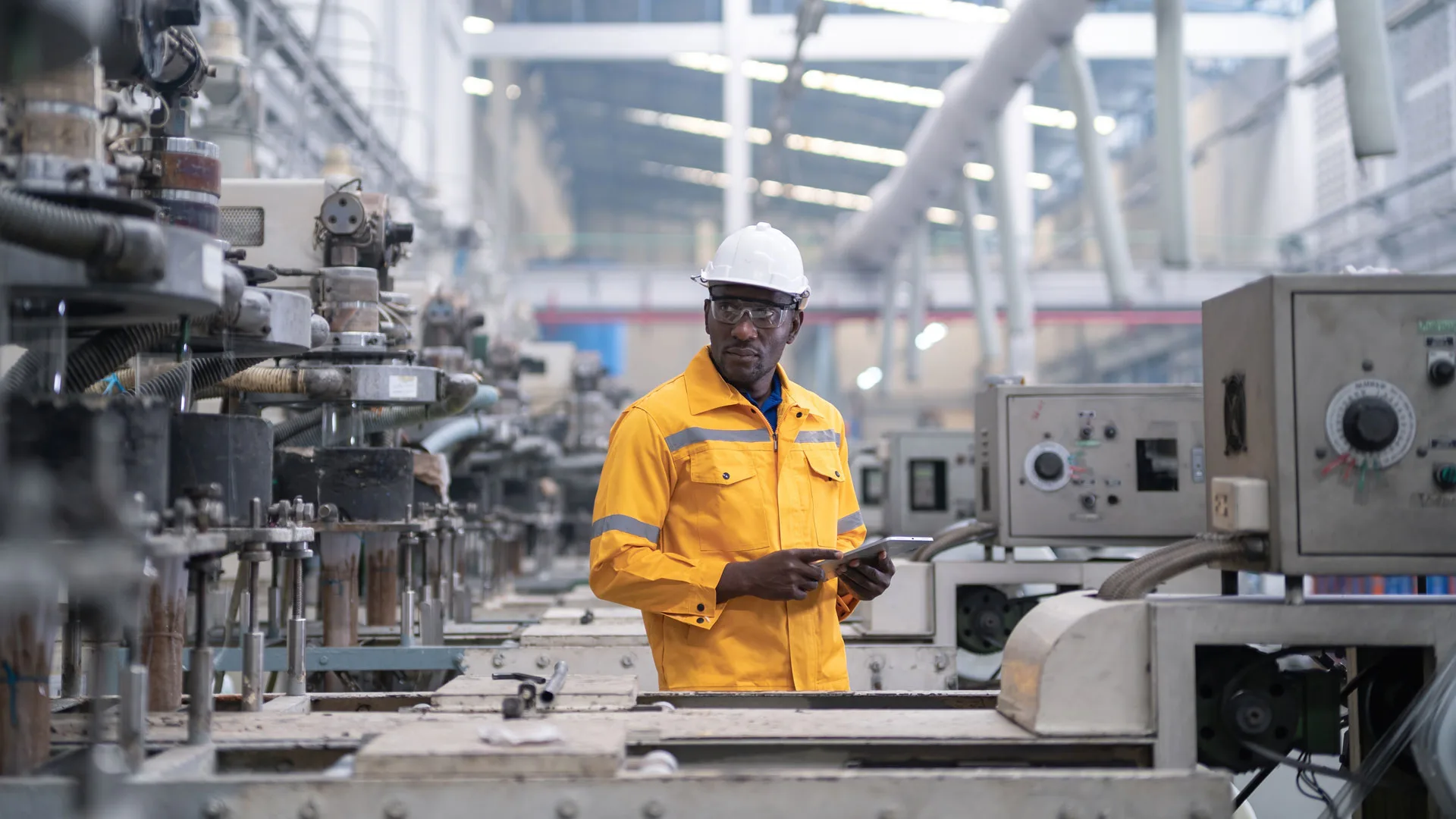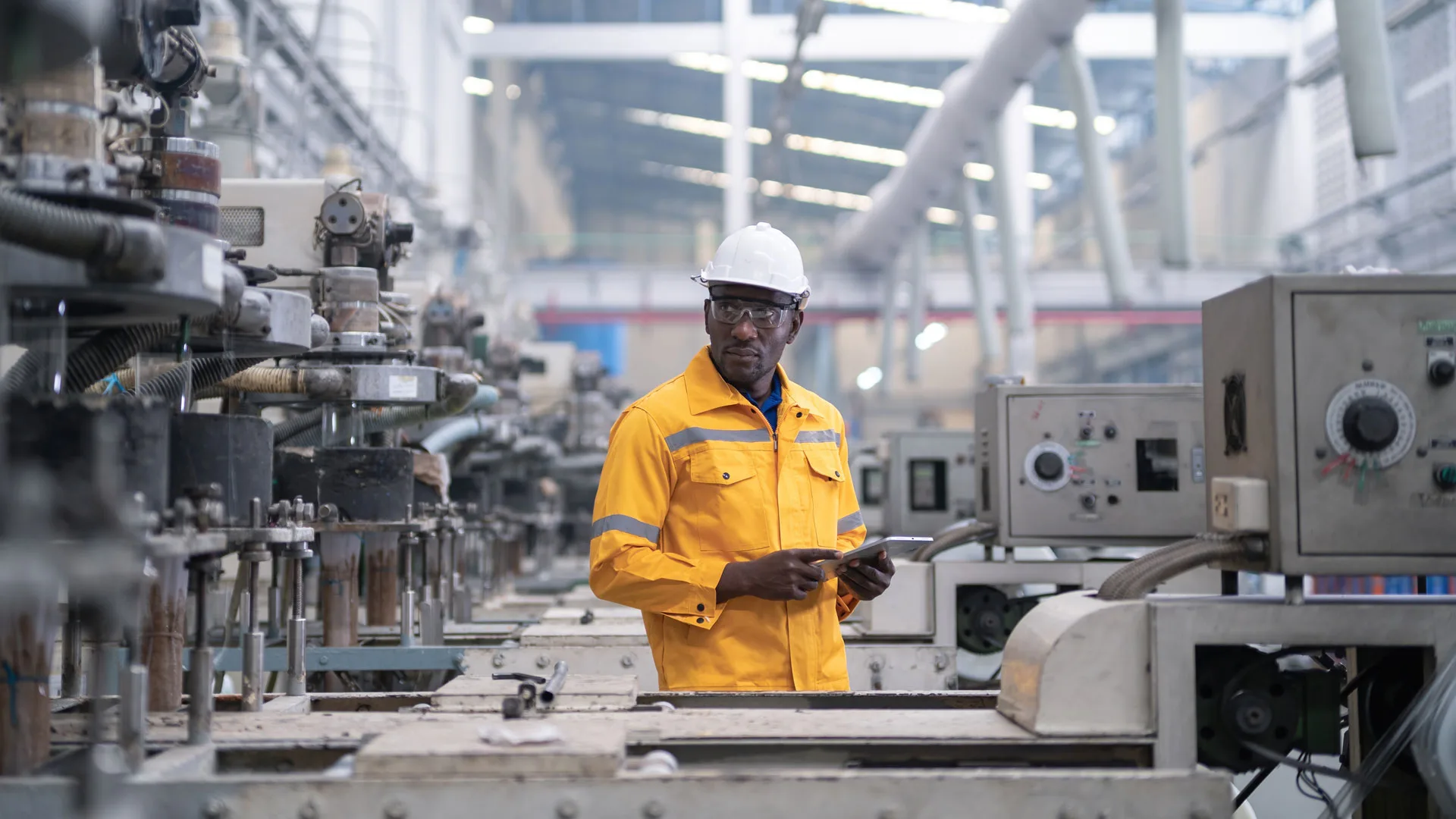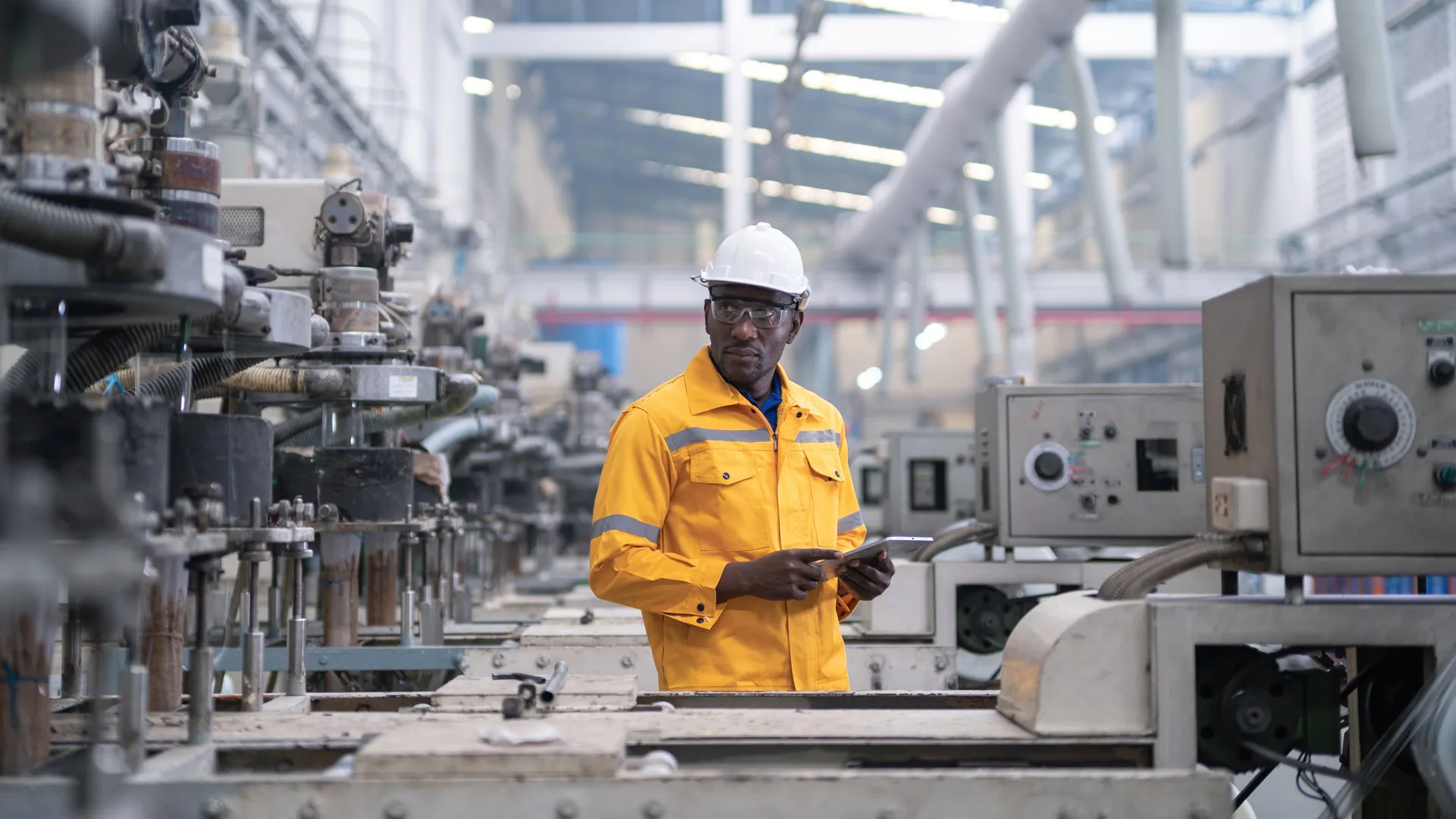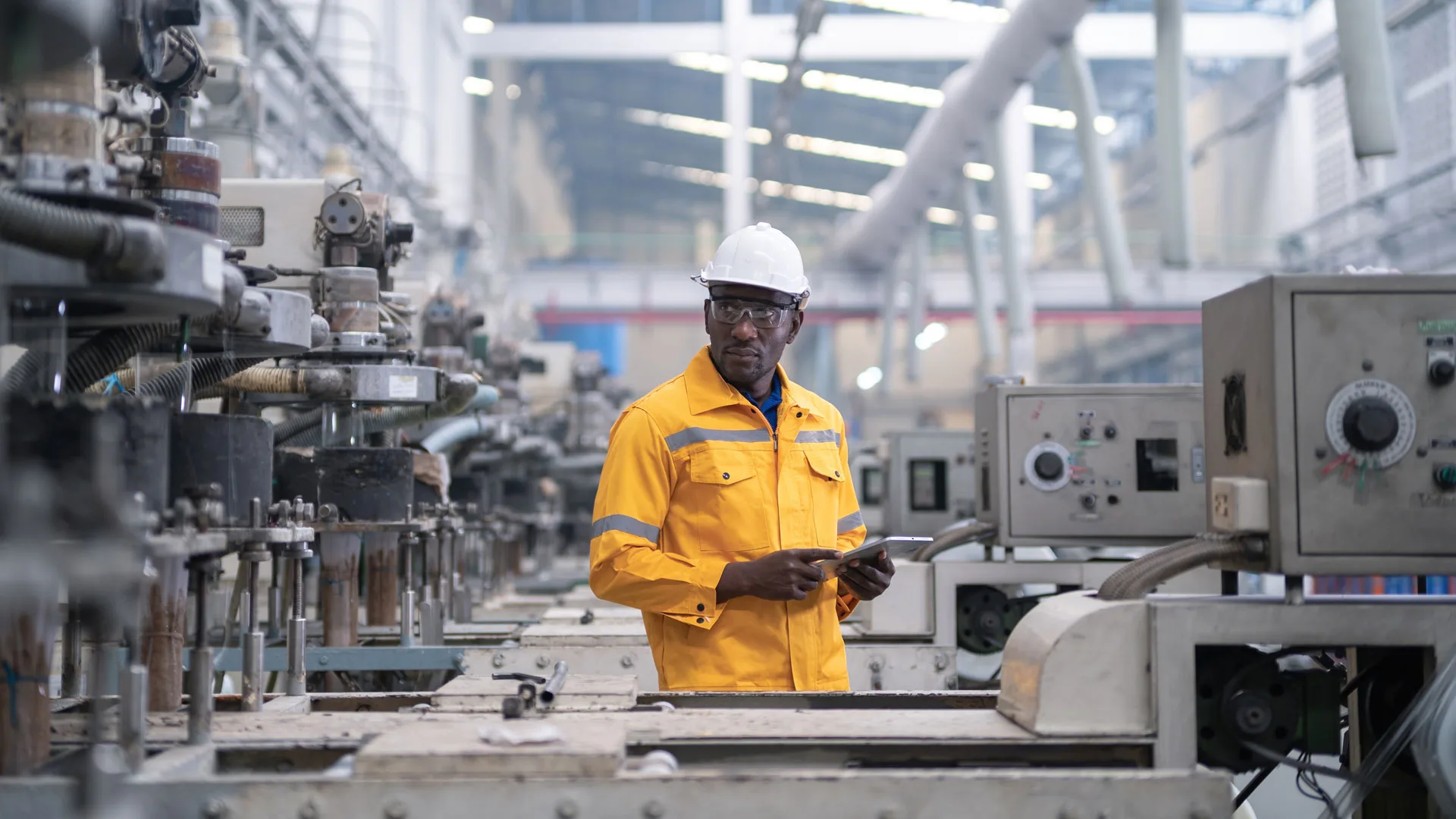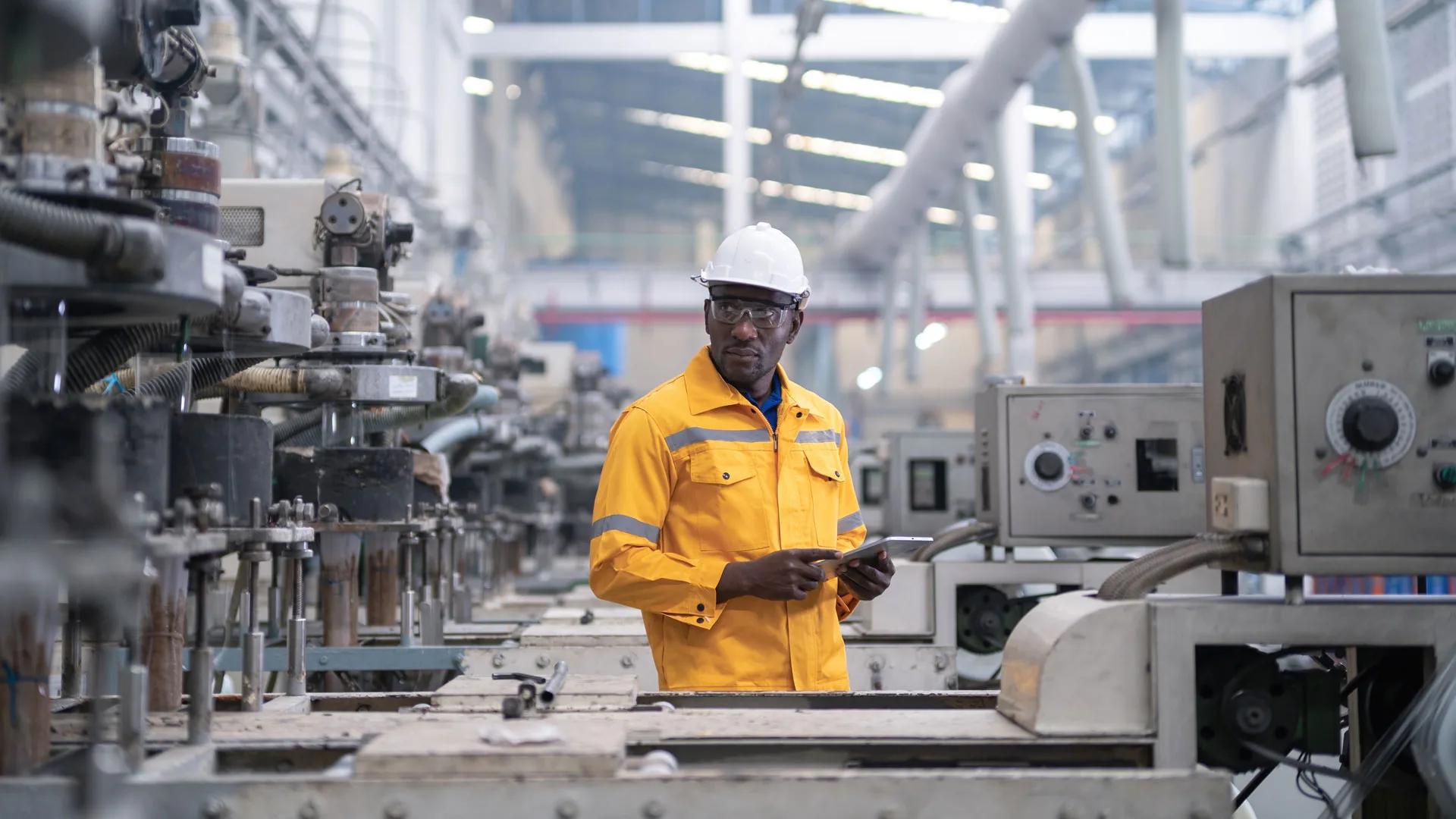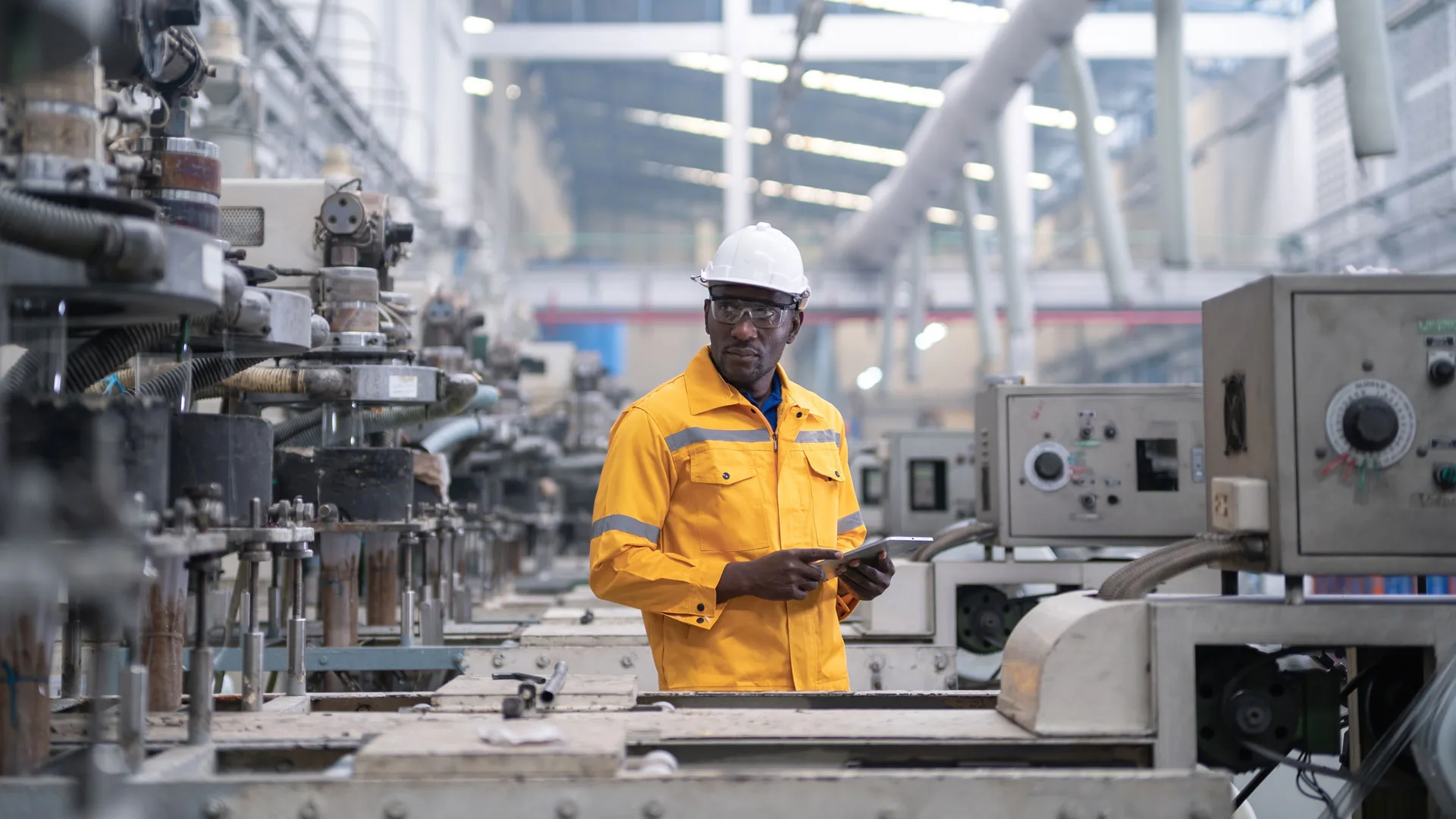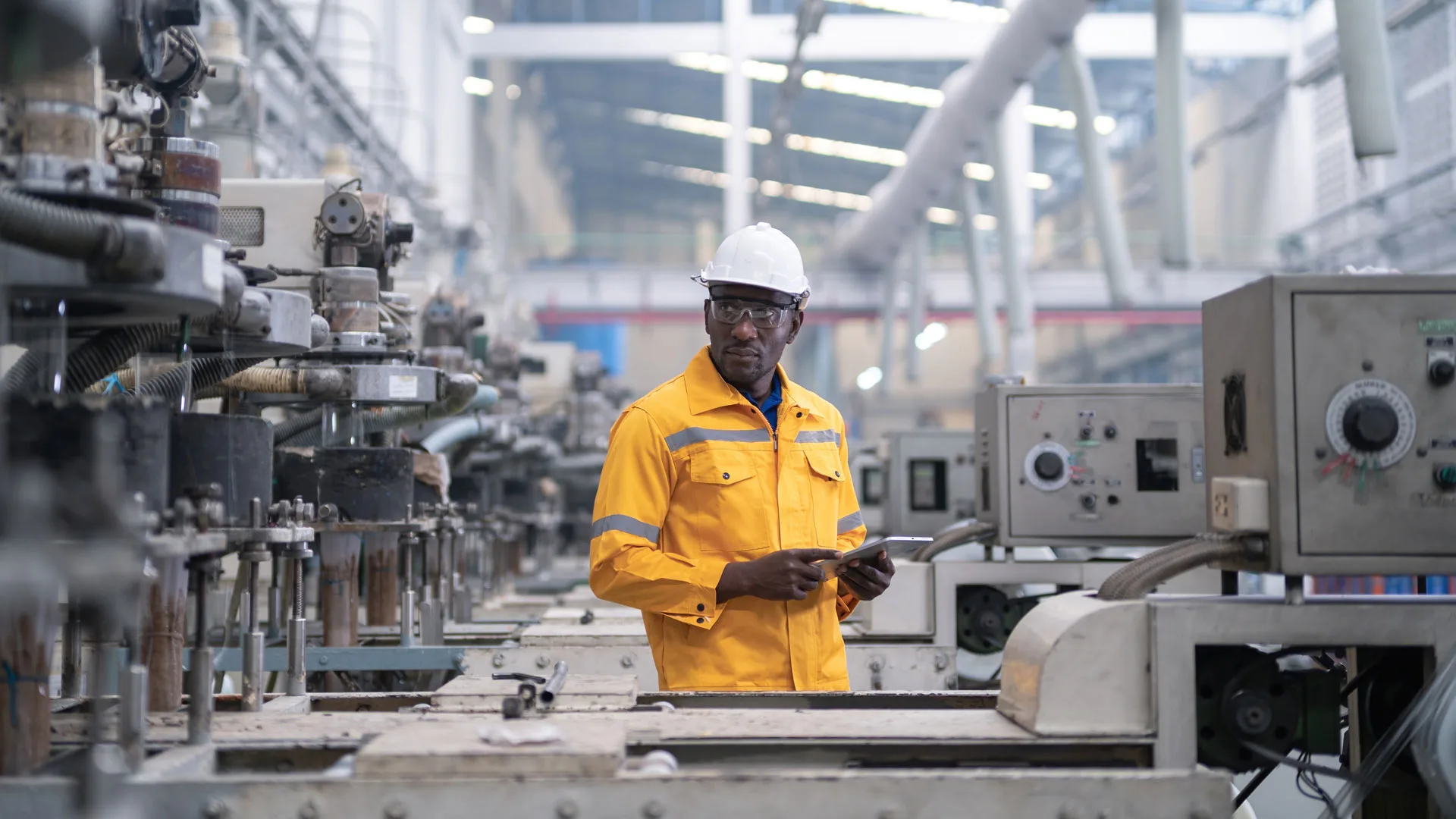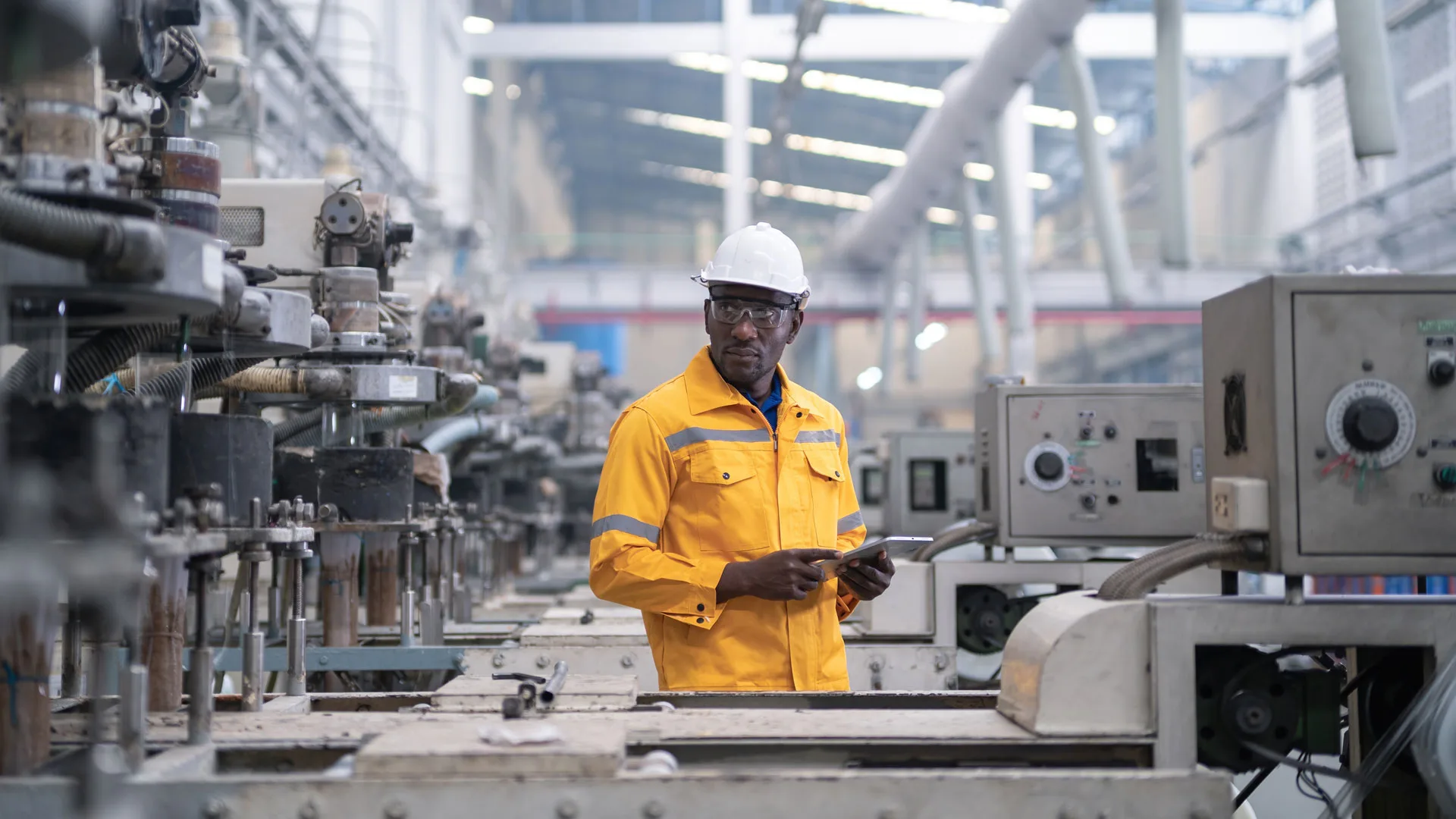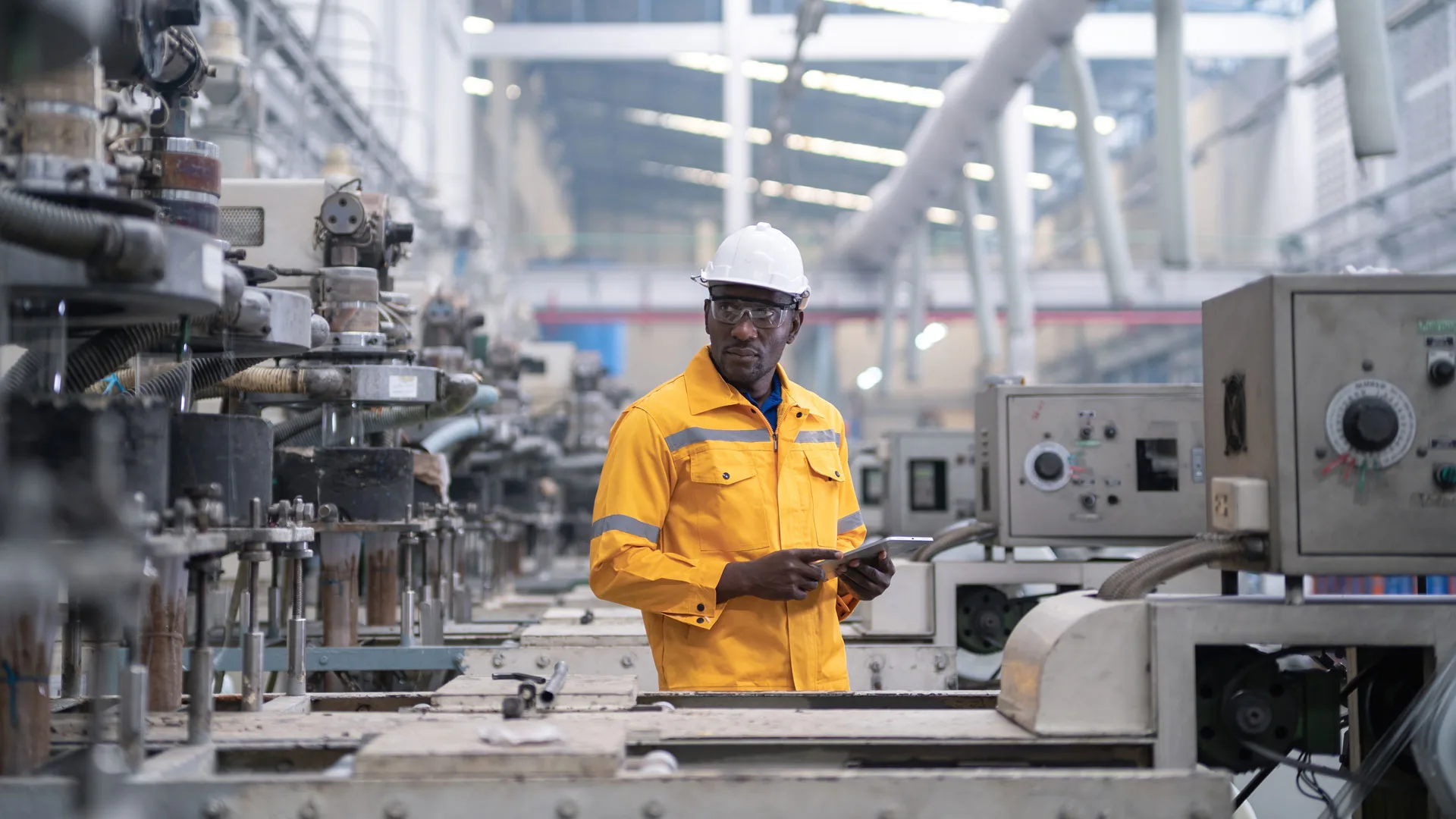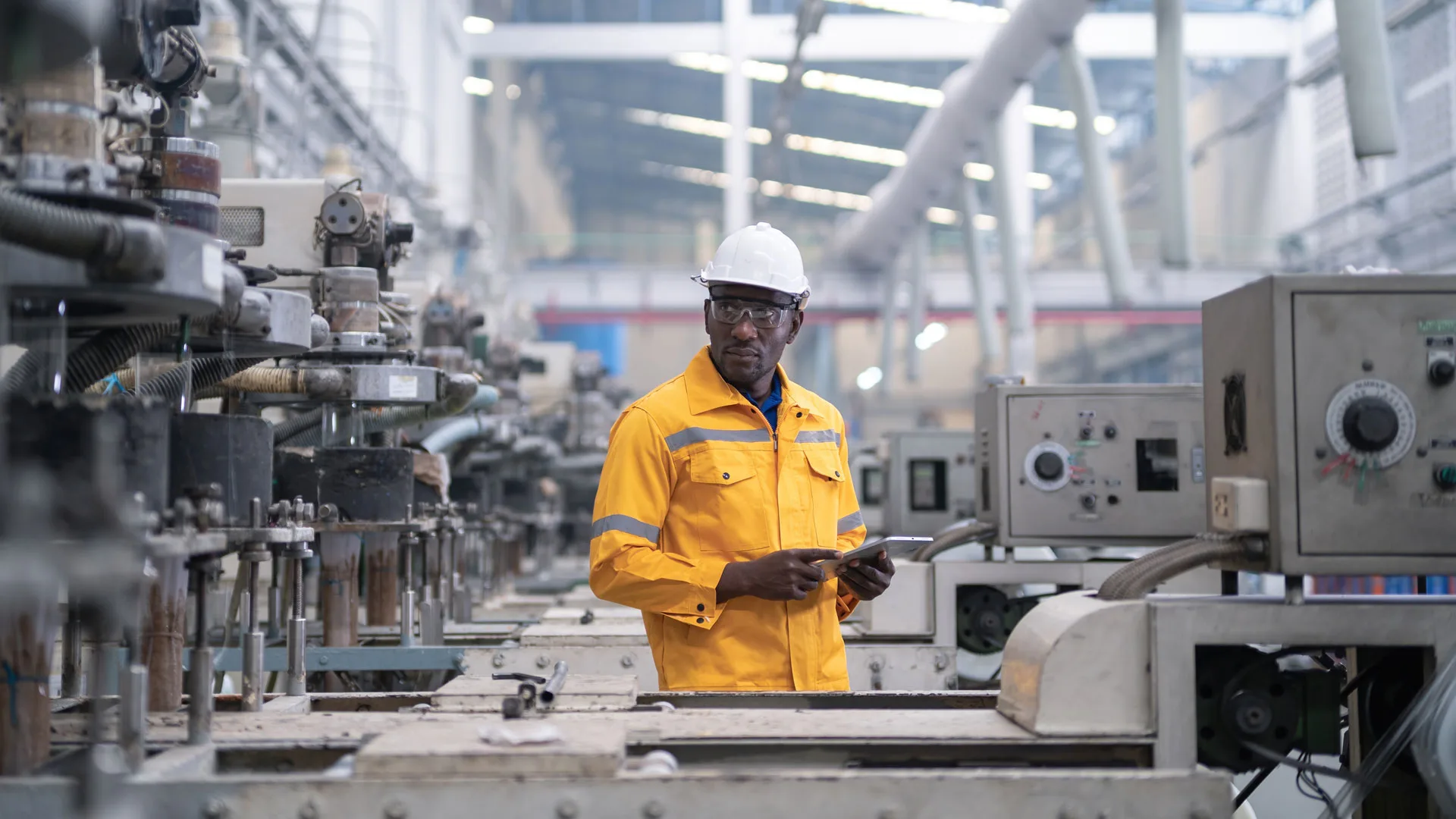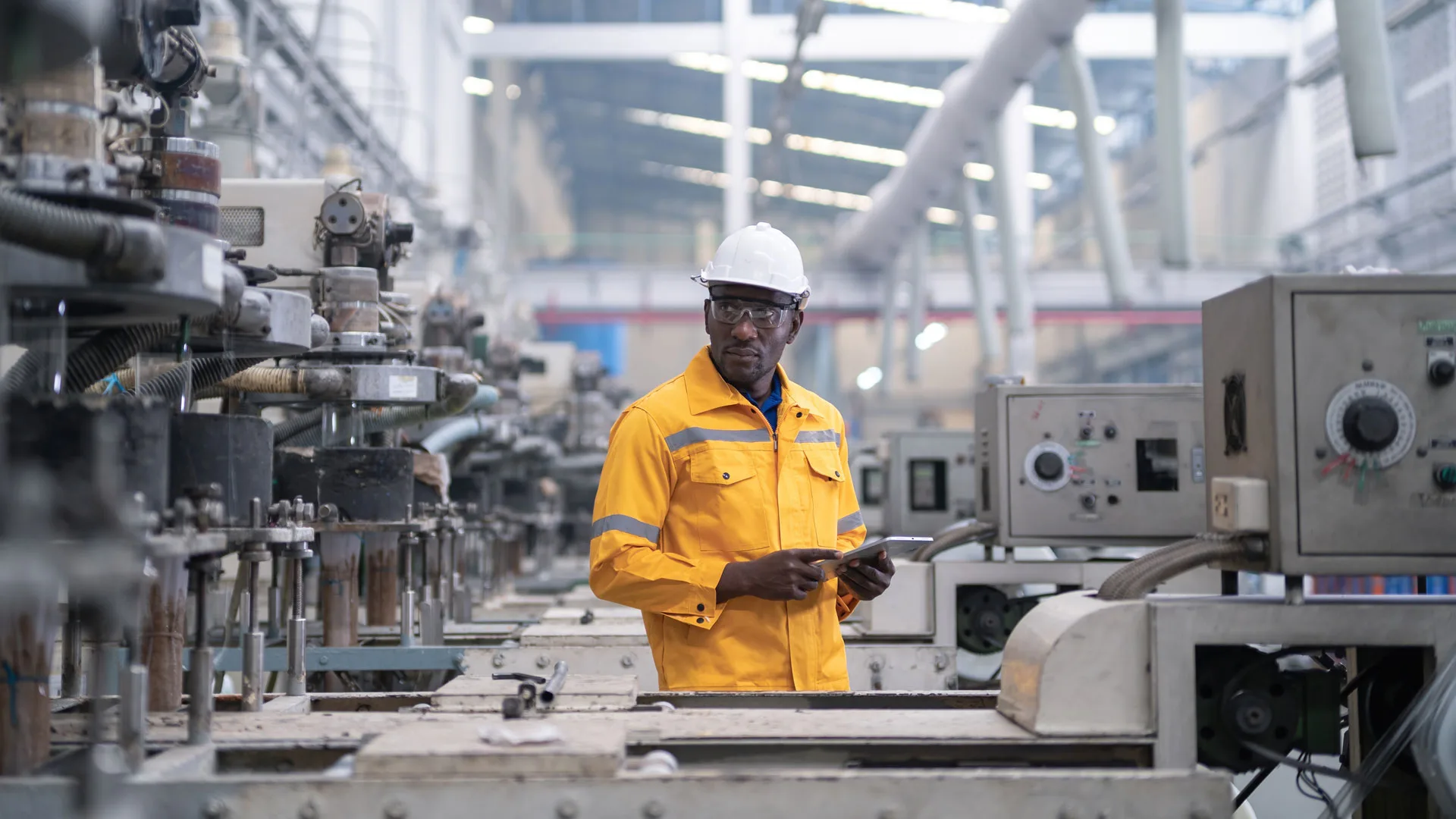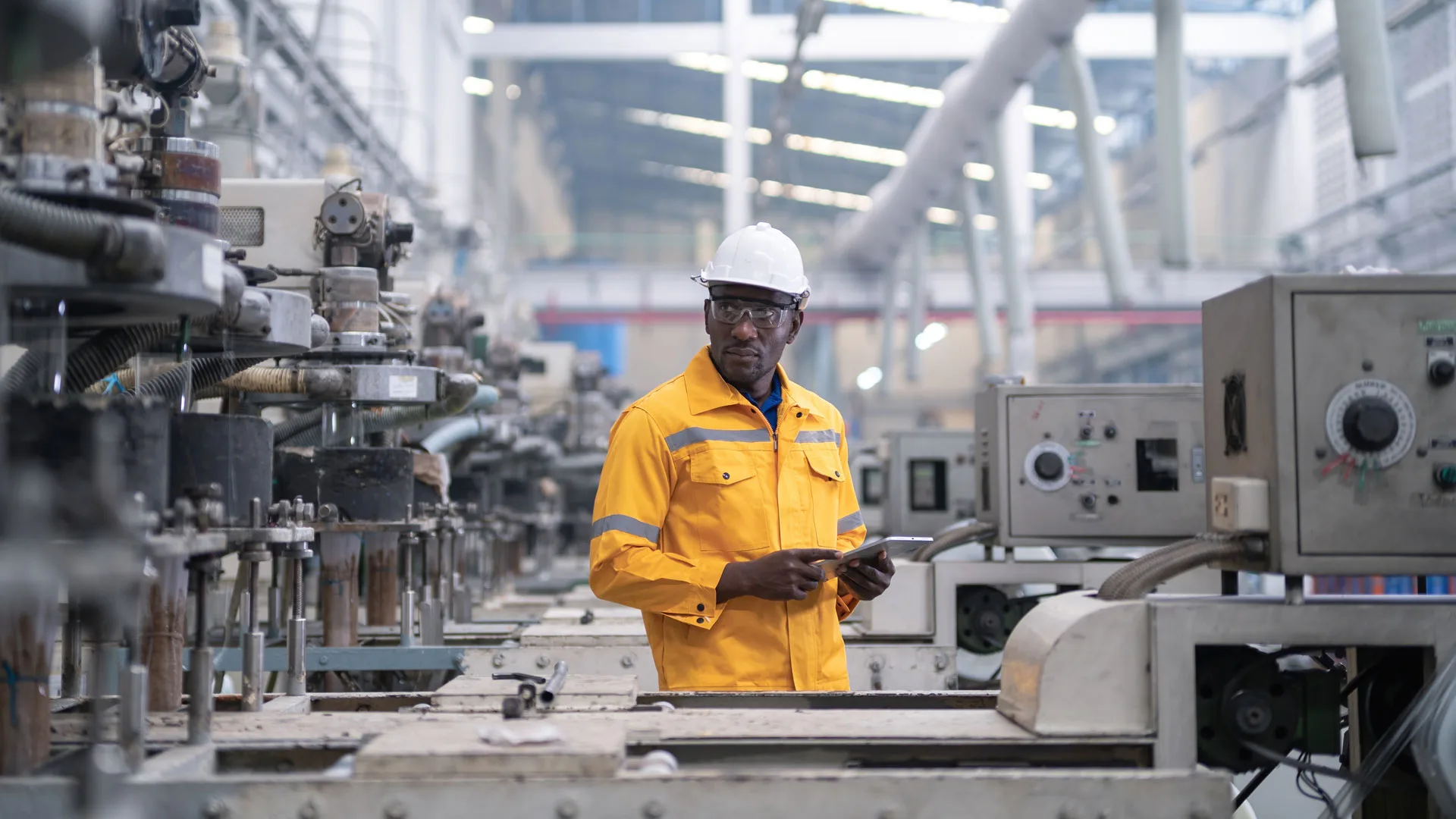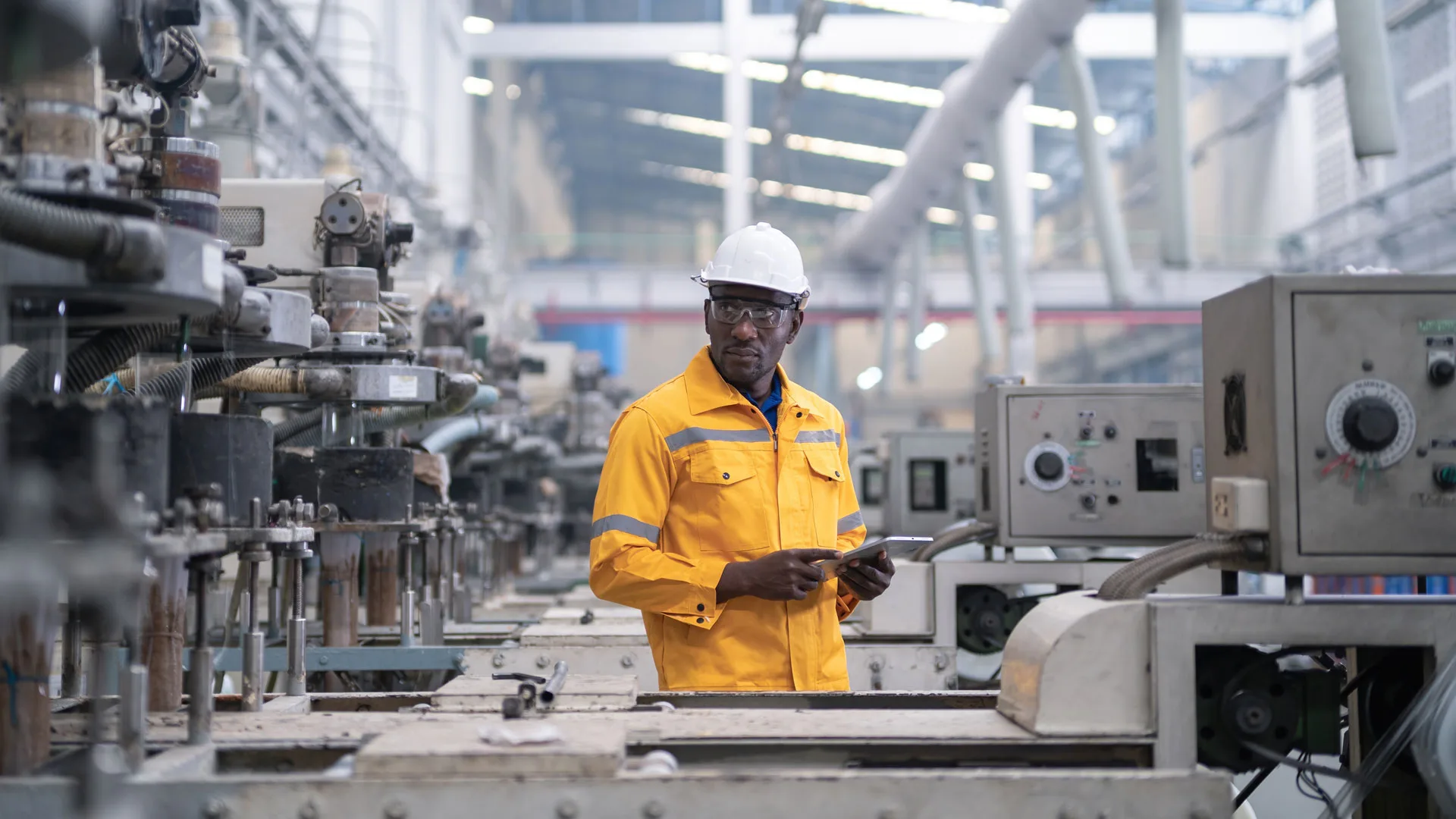Factory warehouses represent the backbone of modern supply chains, combining manufacturing capabilities with extensive storage …
Factory Environmental Insurance: Protecting Your Manufacturing Business from Environmental Risks
Manufacturing facilities face unique environmental challenges that can result in significant financial losses, regulatory penalties, and long-term liability issues. Factory environmental insurance provides essential protection against pollution incidents, contamination claims, and environmental cleanup costs that standard commercial policies typically exclude.
Understanding Factory Environmental Risks
Manufacturing operations inherently involve processes that can impact the environment. From chemical storage and waste disposal to emissions and groundwater contamination, factories face numerous environmental exposures that require specialized insurance coverage.
Common Environmental Hazards in Manufacturing
Chemical Storage and Handling
Factories often store large quantities of hazardous chemicals, solvents, and raw materials. Accidental spills, leaks from storage tanks, or improper handling can lead to soil and groundwater contamination, requiring expensive cleanup and remediation efforts.
Waste Management Issues
Manufacturing processes generate various types of waste, including hazardous materials that require proper disposal. Improper waste management can result in contamination of surrounding areas and significant regulatory penalties.
Air Emissions
Many manufacturing processes release pollutants into the air. Equipment malfunctions, filter failures, or process upsets can lead to excessive emissions that violate environmental regulations and harm surrounding communities.
Water Contamination
Factory operations may involve discharge of wastewater or use of water in manufacturing processes. Contamination of local water sources can result in extensive cleanup costs and third-party liability claims.
What Factory Environmental Insurance Covers
Environmental insurance for manufacturing facilities provides comprehensive protection against pollution-related risks that standard commercial policies exclude.
Pollution Liability Coverage
This coverage protects against third-party claims arising from pollution incidents. It includes bodily injury and property damage caused by pollution conditions, as well as cleanup costs for contamination that migrates off your property.
On-Site Cleanup Coverage
When contamination occurs on your factory premises, this coverage pays for investigation, remediation, and restoration costs. This includes soil excavation, groundwater treatment, and disposal of contaminated materials.
Business Interruption Protection
Environmental incidents can force temporary shutdown of manufacturing operations. This coverage compensates for lost income and continuing expenses during cleanup and remediation periods.
Regulatory Defense and Fines
Coverage for legal defense costs when facing environmental regulatory actions, as well as payment of fines and penalties imposed by environmental agencies, subject to policy terms.
Transportation Coverage
Protection for pollution incidents that occur during transport of raw materials, finished products, or waste materials to and from your facility.
Industry-Specific Environmental Risks
Different types of manufacturing facilities face varying levels of environmental risk based on their operations and materials used.
Chemical Manufacturing
Chemical plants face the highest environmental risks due to the nature of their operations. These facilities require comprehensive coverage for chemical spills, toxic releases, and contamination from complex manufacturing processes.
Food Processing
Food manufacturing facilities face risks from organic waste, cleaning chemicals, and wastewater discharge. Contamination incidents can affect local water supplies and require extensive cleanup efforts.
Automotive Manufacturing
Auto plants use various chemicals, paints, and solvents that can cause environmental contamination. Metal finishing processes and parts cleaning operations present additional pollution risks.
Pharmaceutical Manufacturing
Drug manufacturing involves complex chemical processes and generates hazardous waste that requires careful handling. Contamination incidents can have serious public health implications.
Electronics Manufacturing
Electronic component manufacturing uses various chemicals and solvents that can contaminate soil and groundwater. Circuit board production and cleaning processes present significant environmental risks.
Regulatory Compliance and Environmental Insurance
Manufacturing facilities must comply with numerous environmental regulations at federal, state, and local levels. Environmental insurance helps manage the financial risks associated with regulatory compliance.
EPA Regulations
The Environmental Protection Agency enforces various regulations affecting manufacturing operations, including the Clean Air Act, Clean Water Act, and Resource Conservation and Recovery Act. Violations can result in significant penalties and cleanup requirements.
State Environmental Requirements
State environmental agencies often have additional requirements beyond federal regulations. These may include stricter emission standards, waste disposal requirements, and groundwater protection measures.
Local Environmental Ordinances
Local governments may impose additional environmental requirements, particularly in areas with sensitive environmental conditions or high population density.
Risk Management and Prevention
While environmental insurance provides essential financial protection, implementing strong risk management practices can help prevent incidents and reduce insurance costs.
Environmental Management Systems
Establishing comprehensive environmental management systems helps identify potential risks and implement preventive measures. Regular environmental audits can identify areas for improvement.
Employee Training
Proper training of employees who handle hazardous materials or operate equipment that could cause environmental damage is essential for preventing incidents.
Equipment Maintenance
Regular maintenance of storage tanks, pipes, treatment systems, and other equipment helps prevent leaks and failures that could lead to environmental contamination.
Emergency Response Planning
Having detailed emergency response plans in place helps minimize the impact of environmental incidents when they occur.
Choosing the Right Environmental Insurance
Selecting appropriate environmental insurance coverage requires careful consideration of your facility's specific risks and operations.
Coverage Limits
Determine appropriate coverage limits based on the potential cost of cleanup and third-party claims. Consider the types and quantities of hazardous materials used in your operations.
Policy Terms and Conditions
Review policy terms carefully, including coverage triggers, exclusions, and reporting requirements. Ensure the policy covers your specific types of operations and materials.
Retroactive Coverage
Consider whether you need coverage for pre-existing contamination or past operations. Some policies offer retroactive coverage for known or unknown contamination.
Claims Handling
Evaluate the insurer's experience with environmental claims and their network of environmental consultants and remediation contractors.
Cost Factors for Factory Environmental Insurance
Several factors influence the cost of environmental insurance for manufacturing facilities.
Type of Manufacturing Operations
The nature of your manufacturing processes and the types of materials used significantly impact insurance costs. Higher-risk operations require higher premiums.
Facility Location
The location of your facility affects insurance costs, particularly proximity to sensitive environmental areas, water sources, or residential areas.
Claims History
Previous environmental incidents or regulatory violations can increase insurance costs. A clean environmental record helps secure better rates.
Risk Management Practices
Strong environmental management systems, employee training programs, and preventive maintenance practices can help reduce insurance costs.
Working with Environmental Insurance Specialists
Environmental insurance is a specialized field that requires expertise in both insurance and environmental regulations.
Specialized Brokers
Work with insurance brokers who specialize in environmental coverage and understand the unique risks facing manufacturing facilities.
Environmental Consultants
Environmental consultants can help assess your facility's risks and recommend appropriate coverage levels and risk management practices.
Legal Expertise
Environmental attorneys can help navigate complex regulatory requirements and ensure your insurance coverage aligns with legal obligations.
The Claims Process
Understanding the environmental insurance claims process helps ensure smooth resolution of incidents.
Immediate Notification
Most environmental policies require immediate notification of potential claims. Establish procedures for prompt reporting of incidents.
Investigation and Assessment
Insurance companies typically conduct thorough investigations of environmental claims, including site assessments and contamination studies.
Remediation Management
Insurers often take an active role in managing remediation efforts, working with specialized contractors to minimize costs and ensure proper cleanup.
Future Considerations
Environmental regulations continue to evolve, and manufacturing facilities must stay current with changing requirements.
Emerging Contaminants
New contaminants of concern, such as PFAS chemicals, may require additional coverage considerations as regulations develop.
Climate Change Impacts
Climate change may increase the frequency and severity of environmental incidents, affecting insurance availability and costs.
Sustainability Requirements
Increasing focus on corporate sustainability may drive demand for more comprehensive environmental insurance coverage.
Conclusion
Factory environmental insurance is essential protection for manufacturing facilities facing significant environmental risks. The complex nature of environmental regulations and the potentially enormous costs of cleanup and liability make this coverage a critical component of any manufacturer's risk management strategy.
By understanding the specific environmental risks your facility faces and working with specialized insurance professionals, you can secure appropriate coverage to protect your business from environmental liabilities. Combined with strong risk management practices, environmental insurance helps ensure your manufacturing operations can continue even when environmental incidents occur.
The investment in comprehensive environmental insurance coverage is far less than the potential costs of an uninsured environmental incident, making it an essential business protection for any manufacturing facility.


 0330 127 2333
0330 127 2333
